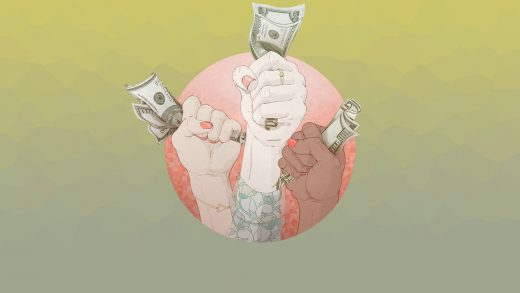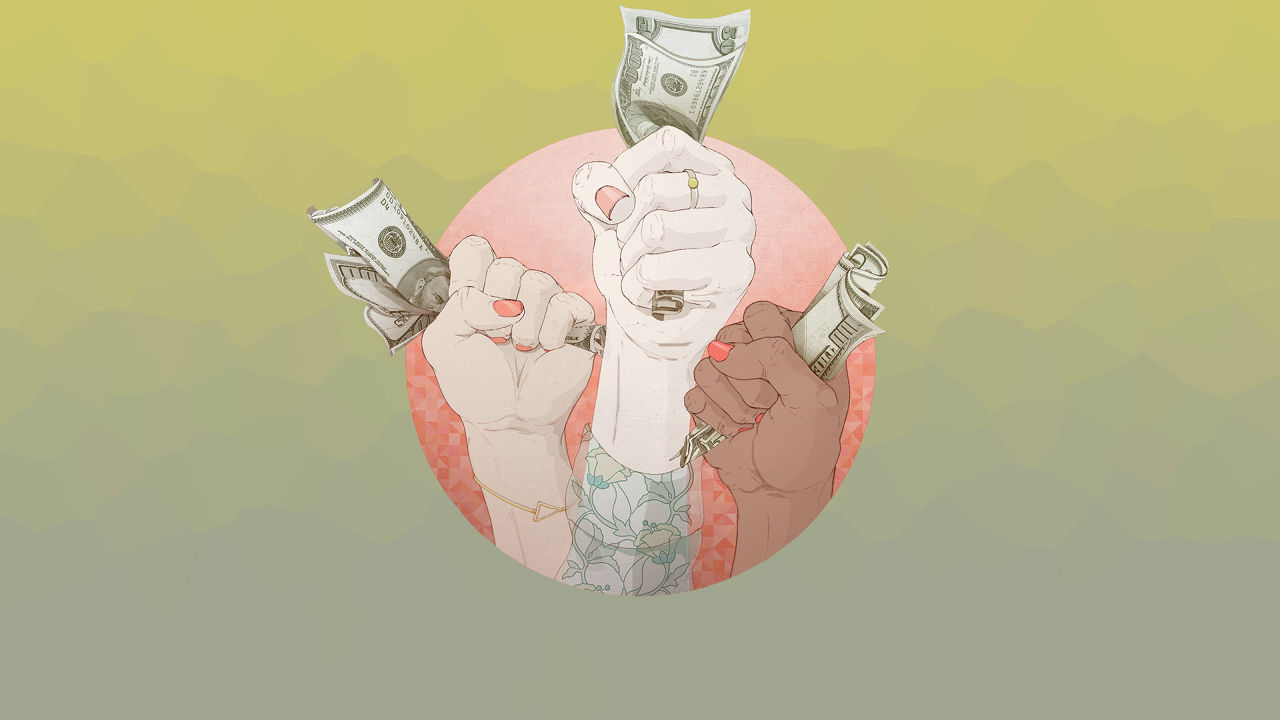Millennial Women Will Close The Gender Pay Gap—And Marketers Are Taking Note
Women earn 79 cents for every dollar pocketed by men. Brands know this, and often channel marketing spending accordingly. Think of pretty much every luxury-car commercial you’ve seen, every ad for a mutual fund or titanium golf club. If a woman appears, she’s the mom, wife, or girlfriend—not a corporate highflier.
That couldn’t last. The strides being made by millennial women point to a future in which women, not men, are the target demographic for pricey goods and services. Since 2000, one-third more women than men have graduated from college, and more women are earning graduate degrees, too. Even once-male bastions such as law school are seeing the change. Millennial women are so outpacing men in higher education that it’s inevitable they will become their generation’s top earners.
With greater education comes greater wealth. Between 1980 and 2012, wages for men age 25 to 34 fell 20%, while those for women rose 13%. At this rate, young women’s wages will overtake men’s by 2020. The data comes from a 2013 Pew Research report, which notes today’s young women “are the first in modern history” to start their work lives at near parity with men.
The bottom line is that there’s now a huge population of young women with the means to buy luxury goods once marketed almost exclusively to men. The smart marketers are realizing this. Take Acura. A commercial for the brand’s RDX model opens with a young woman driving solo down a winding highway, singing along to Blondie’s “Rapture” even after accepting a speakerphone call from three male underlings in a conference room.
“Does she know we can hear her?” whispers one of the men. “Oh yeah,” replies another—hence the gender-bending tagline: “Drive Like a Boss.” “I love it,” says Kristina Durante, professor of marketing at Rutgers Business School.
Acura’s angle is interesting because “it promotes a world that only kind of exists right now but is definitely coming, where women can be unapologetically badass,” says Durante.
OppenheimerFunds’ new “Bossy Is Beautiful” ad takes a less subtle approach, targeting women who have already achieved a high level of success. It aims to debunk stale stereotypes about female entrepreneurs—embodied by terms like “pushy,” “controlling,” and “bossy”—by pairing these words with appealing women who look as unflappable as Hillary Clinton at a Benghazi hearing. OppenheimerFunds’ on-screen message: “Women start up new businesses at twice the rate of men. So there.” “Today’s women are not waiting to have a husband make financial decisions for them,” says Stephen Tisdalle, OppenheimerFunds’ head of marketing. “They’re investing now, and we have to tap into that.”
Marketers who don’t adapt risk obsolescence. Consider fine jewelry. For generations, it was purchased by men for women, usually in connection with courtship and marriage. But the U.S. marriage rate fell 16% between 2000 and 2014. Jewelry-store closings were up 11% in 2015.
Initially, insiders thought male spending would rebound once the Great Recession ended. It didn’t. For jewelry-industry consultant Phillip Bosen, the “aha” moment came after he read an article (written, as it happens, by me) about the college gender gap. Male grads have less incentive to settle down because dates are so plentiful. So Bosen now tells clients to focus on “the female self-purchaser.” Yes, the same woman Acura wants to buy the RDX. “She’s becoming our most profitable demographic,” he says.
Jon Birger is the author of Date-onomics: How Dating Became a Lopsided Numbers Game.
A version of this article appeared in the July/August issue of Fast Company magazine.
Fast Company , Read Full Story
(19)



